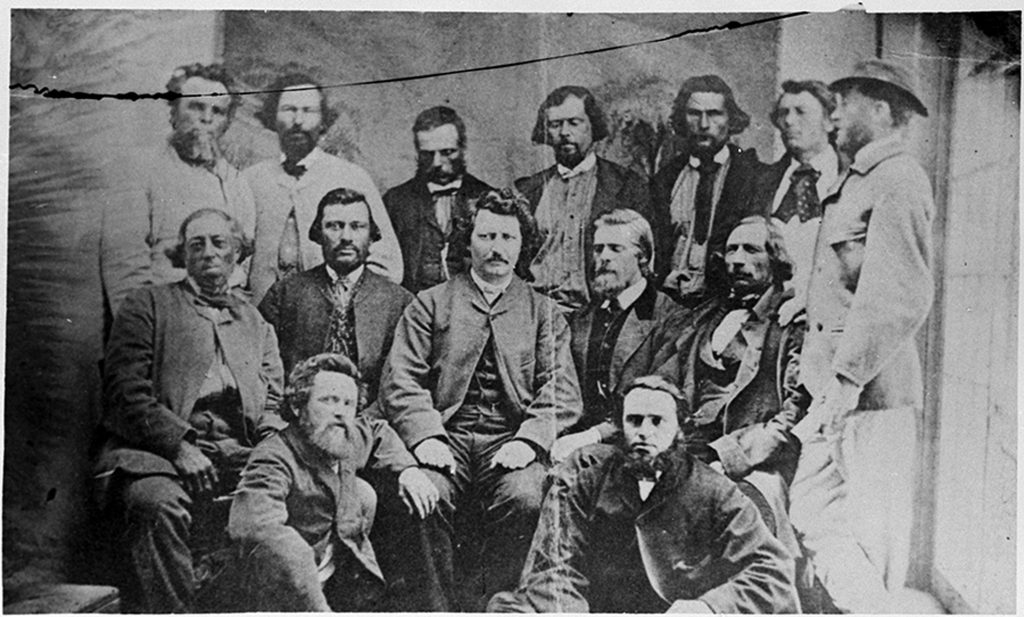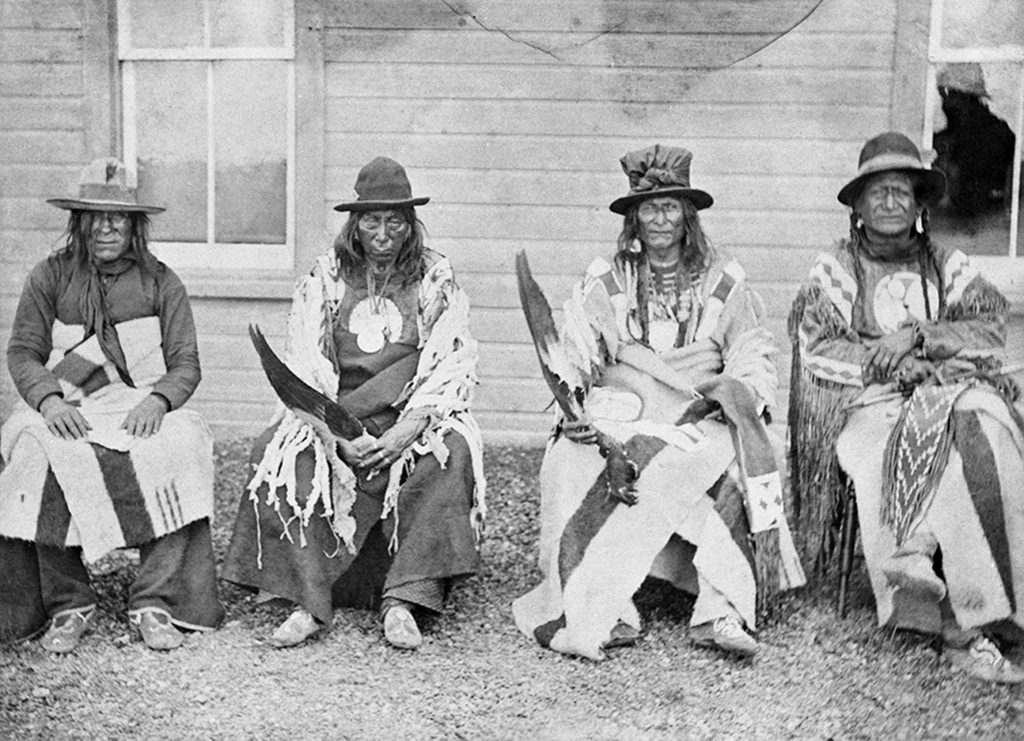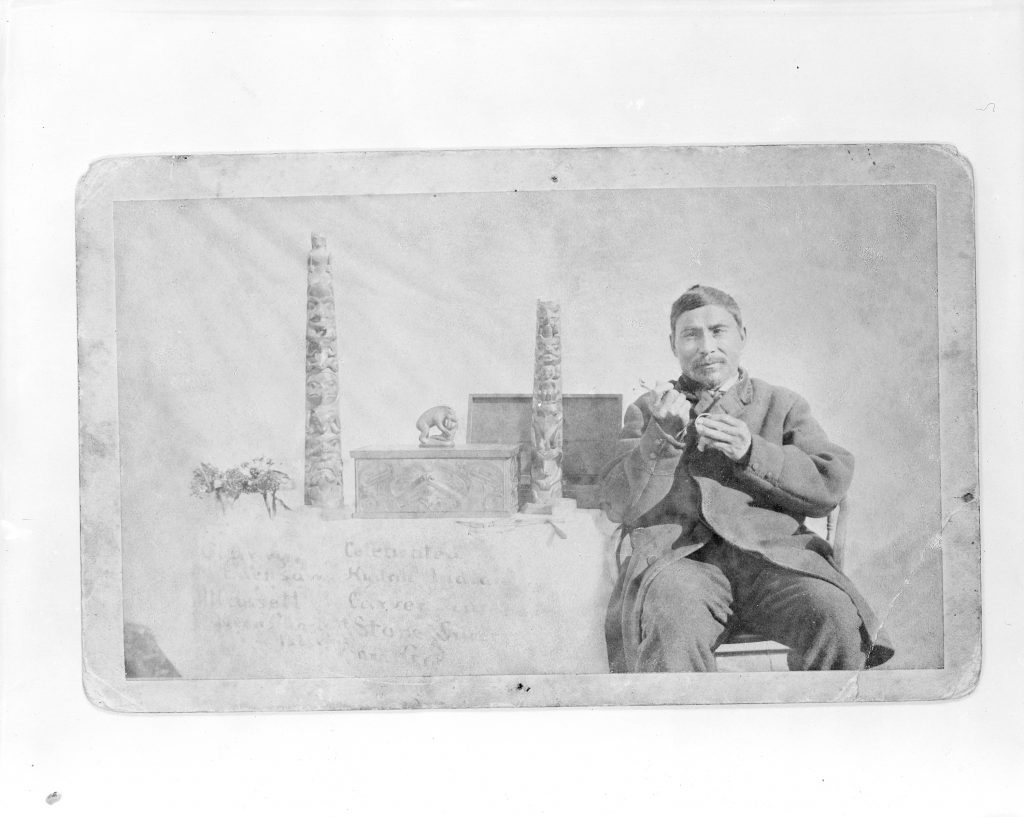The Canadian History Hall: Helping visitors understand the complexity of Canada’s past
The Museum’s new signature gallery, the Canadian History Hall, is the most extensive exhibition on Canadian history ever produced. Covering a 15,000-year period from the earliest known human habitation to the present day, it highlights key stories from Canada’s past and explores Canada as it is today, as well as how it came to be.
Because history is rooted in the experiences of real people, the Hall is making their stories the core of the exhibition. These myriad narratives, often expressing disparate points of view, shape an exhibition integrating multiple perspectives within an expansive storyline. This approach helps to unlock history’s complexities, while also ensuring that subtleties are brought to light, that opposing voices are heard and that visionary ideas and actions are clearly expressed.

In the Canadian History Hall, the story about Canada’s westward expansion will include a good example of multiple perspectives. Euro-Canadians, Métis and First Nations had very different visions of the West in the 1870s and early 1880s. Euro-Canadians envisioned the region as the final piece in their transcontinental Dominion. (Hon. Donald A. Smith driving the Last Spike to complete the Canadian Pacific Railway. Alexander Ross. Library and Archives Canada. C-003693)
What does it mean when we talk about including multiple perspectives in the Hall? Well, very broadly, it means taking into account and representing the roles, experiences and interpretations of a range of people in relation to a given topic or event. In most cases, it also means including the voices of those with direct experience of that topic or event — in other words, the views of those who were actively involved, providing at times leading or even dissenting voices.

The Métis envisioned part of their homeland as a province within Confederation — a place where their rights, culture and property would be protected. (Councillors of the Provisional Government of the Métis Nation. Library and Archives Canada. PA-012854)
What will multiple perspectives add to the visitor experience? First and foremost, this approach provides visitors with a better grasp of the many, and often disparate, roles and points of view that have shaped our past. In addition, it allows visitors to consider — and perhaps even empathize with — dissenting and minority voices, while better comprehending the intentions of both the majority and a visionary or two. A perspective-based approach also helps contextualize the past, showing how different groups and individuals have helped shape the country we know today.

Plains and West Coast First Nations envisioned maintaining their sovereignty and way of life in the face of encroachments by newcomers and perceived outsiders. (Niisitapiikwan signatories to Treaty 7: Three Bulls (Siksiká), Sitting Behind Eagle Tail (Piikani), Crowfoot (Siksiká) and Red Crow (Kainai). Glenbow Museum. NA-4035-159)
Will these multiple perspectives be obvious to visitors? Throughout the development and planning process for the Hall, a multi-perspective approach has been applied to every story to varying degrees. The Museum has viewed variables such as gender, class, ethnicity and regional experiences as key factors when it comes to shaping and defining our knowledge and interpretation of Canada’s past. In some cases, multiple perspectives structure the primary narrative, with support from clearly identified individual perspectives. In others, first-person accounts have been used extensively to define and explain various experiences and outcomes.

Plains and West Coast First Nations envisioned maintaining their sovereignty and way of life in the face of encroachments by newcomers and perceived outsiders. (Chief 7IDANsuu, Charles Edenshaw with his engraving tool and a selection of his works, c. 1885. CMH 88926-Dm)
The Hall has integrated multiple perspectives within the scope of 15,000 years of history to help visitors understand and connect with the richness and complexity of this country’s past. Such an approach enables the Museum, as storyteller, to forge a bond with visitors, while sharing powerful and compelling narratives with audiences ready to invest in them. It is about making a human connection — making the stories that have shaped our history matter, while also offering a comprehensive and balanced presentation of the history of Canada and its people.
To learn more about Euro-Canadians, Métis and First Nations’ visions, and steps they took to make them a reality, for example, we invite you to visit the Canadian History Hall when it opens in 2017.